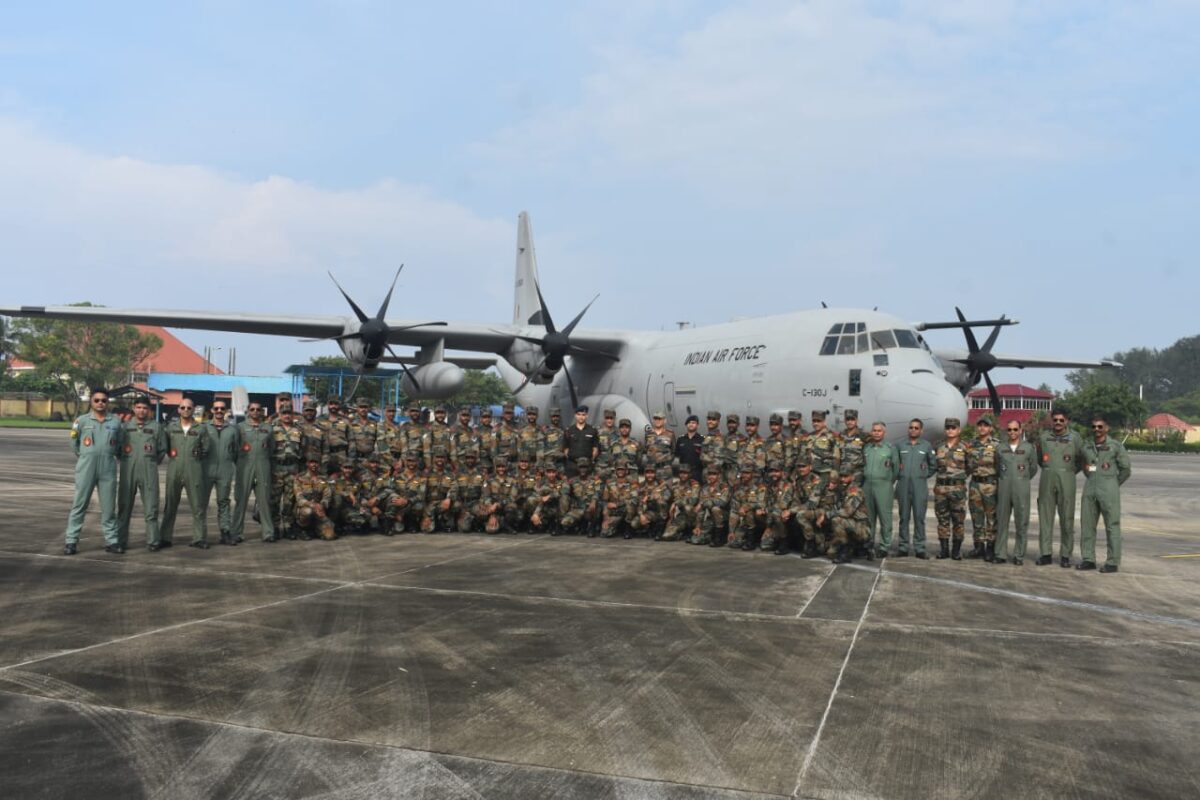The Maldives, with its haphazard islets and a small land area, is largely vulnerable to natural disasters, climate change, and external challenges.
The Indian aircraft( ALHs and Dornier) have been at the van of capacity structure sweatshops in the Maldives, contributing significantly to maritime security, surveillance, and functional effectiveness. In the past five times, the aircraft have been used by Maldives National Defence Force( MNDF) for conducting maritime surveillance and command operations in the Maldivian Exclusive Economic Zone( EEZ) and girdingwaters.These aircraft have logged considerable flying time, icing that the Maldivian waters remain secure and free from illegal conditioning. Upstanding surveillance operations are necessary in fighting international pitfalls, similar to illegal fishing and smuggling.
ASSISTANCE PROVIDED:
The aircraft had overstepped the runway in bad rainfall at night and was stuck off the runway shoulder causing not only a check of the runway but also a life- changing situation for passengers and staff.
Indian aircraft have also been necessary in furnishing timely and life- saving medical evacuation services. The closeness of numerous islets and limited healthcare poses significant challenges for the Maldivian population. In these moments, Medevac operations, as they’re called, are the difference between life and death, where every second is inestimable.
These aircraft have logged considerable flying hours, icing that the Maldivian waters remain secure and free from illegal conditioning.Real- time data sharing has contributed to the overall situational mindfulness and security of Maldivian waters. Effective collaboration through common exercises has assured that coffers are employed optimally and knowledge is transferred effectively.
AIRCRAFT’s SIGNIFICANCE:
The aircraft are considerably used for Hunt and Rescue Operations( SAR) and have enabled MNDF to effectively operate them in remote and gruelling locales.
These aircraft are equipped with advanced medical outfit and trained medical labour force, which are capable of fleetly emptying critically ill or injured individuals to the landmass for specialised treatment. This capability ensures that medical extremities can be addressed instantly, therefore saving lives and mollifying suffering.
The chops acquired in these programmes have saved lives during maritime extremities and natural disasters. The impact of these means on civil aeronautics is also significant. Lately, backing was rendered to Kadhdhoo( Laamu Atoll) field authorities in recovering a Maldivian aircraft on 05 May 22. Over 500 lives have been saved in the last five times from each across Maldives.
Despite borderline rainfall conditions, the Indian platoon rose to the challenge and employed their aircraft handling chops in close liaison with the Maldivian flight masterminds for hauling the aircraft to safety, clear of the runway onto the disbandment overnight and make the runway usable for other breakouts.
Medical evacuation operations executed by these aircraft in the Maldives are further than just duties- they are lifelines. The impact of these means on civil aeronautics is also significant.
CONCLUSION:
It’s worth italicising then that tasking for all these operations was done by MNDF and not India. Over time, specialised aeronautics training has also been given to the MNDF labour force.
These aircraft also share in colourful bilateral and multinational exercises showcasing the cooperation between the both nations towards the bigger ideal of securing the IOR.
Beyond the immediate impact, these enterprises have represented bilateral trust and cooperation. This cooperation has served as a testament to the strong bond between India and the Maldives, and needs to be nurtured for the future.
